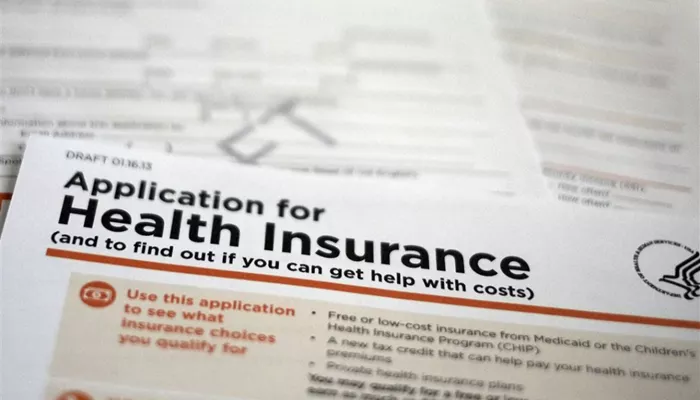Proposed Medicaid cuts by House Republicans could severely disrupt mental health and substance use treatment for millions of Americans—particularly in states that already face high behavioral health burdens.
On May 22, House Republicans voted to slash approximately $700 billion from Medicaid. The program currently insures over 72 million Americans, making it the largest funder of mental health and substance use disorder services in the country.
This move risks pulling the safety net out from under those already struggling with behavioral health conditions, especially in areas with few providers and high levels of need.
While the U.S. continues efforts to reduce the stigma surrounding mental health, access to care remains uneven. A shortage of mental health professionals makes timely care difficult, especially for lower-income populations. For many of these individuals, Medicaid is the only way to access therapy, medication, or crisis care.
Behavioral health conditions do not respect political boundaries—but the impact of the cuts will be uneven. States that lean Republican, especially those that supported Donald Trump in the 2024 election, are home to some of the highest rates of depression, PTSD, and opioid addiction in the country.
According to Mental Health America, four of the five states most at risk for depression—Alaska, Idaho, Wyoming, and Utah—voted Republican. The same trend holds for PTSD risk, with Arkansas, Oklahoma, West Virginia, and Alaska also supporting Trump.
Opioid addiction is another major concern. States like West Virginia, Kentucky, and Ohio have been especially hard-hit. West Virginia tops the list with an opioid overdose death rate of 80.9 per 100,000—the highest in the nation. Medicaid pays for nearly 40% of non-fatal opioid overdose emergency room visits, of which there were nearly 300,000 in 2023.
The financial cost is immense. One analysis in 2021 pegged the price of opioid-related emergency care at nearly $5 billion annually—a cost largely shouldered by Medicaid. These visits are just one facet of a broader crisis: millions more seek emergency care for anxiety, depression, psychosis, and suicidal behavior.
The Centers for Disease Control and Prevention (CDC) estimates that over 8.1 million emergency room visits in 2022 were related to mood and psychotic disorders. Between 2019 and 2020 alone, there were 5.37 million ER visits for suicide attempts and self-harm. Many of these visits involved Medicaid beneficiaries, who are more likely than the general population to suffer from serious mental illness.
Among Medicaid recipients, 35% have a diagnosed mental illness, compared to 23% in the general population. Rates of serious mental illness are also higher—10% for Medicaid users versus 6% among those with private insurance.
The proposed cuts, if enacted, could reverse the small gains made in mental health care access. The Congressional Budget Office estimates that 10 million Americans would lose Medicaid coverage if the bill passes. This would likely reduce treatment rates and increase reliance on emergency care.
Critics argue that gutting Medicaid threatens to worsen the nation’s already fragile behavioral health system, especially in rural and underserved communities. The very areas hit hardest by addiction, trauma, and depression may soon lose access to the few supports they still have.
As the nation faces an ongoing mental health crisis, the potential loss of Medicaid coverage poses a public health emergency in the making—with the most vulnerable at the greatest risk.


